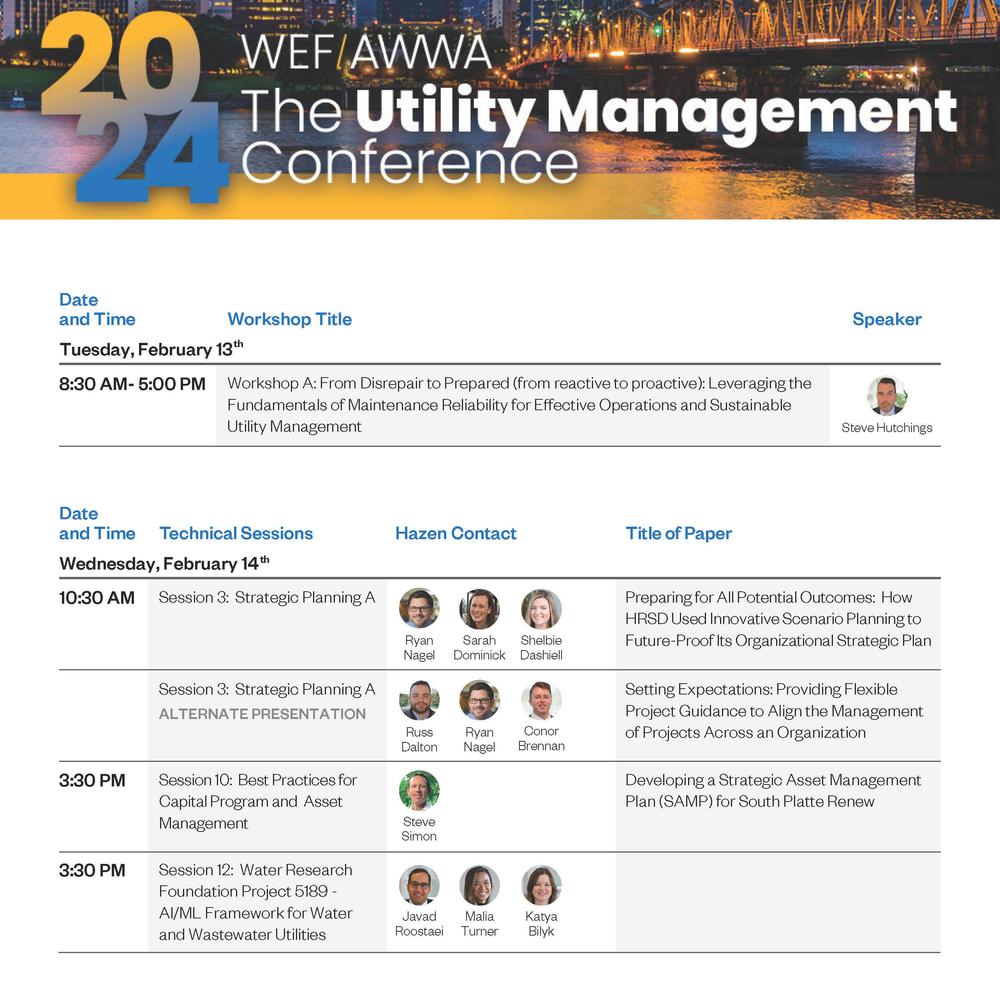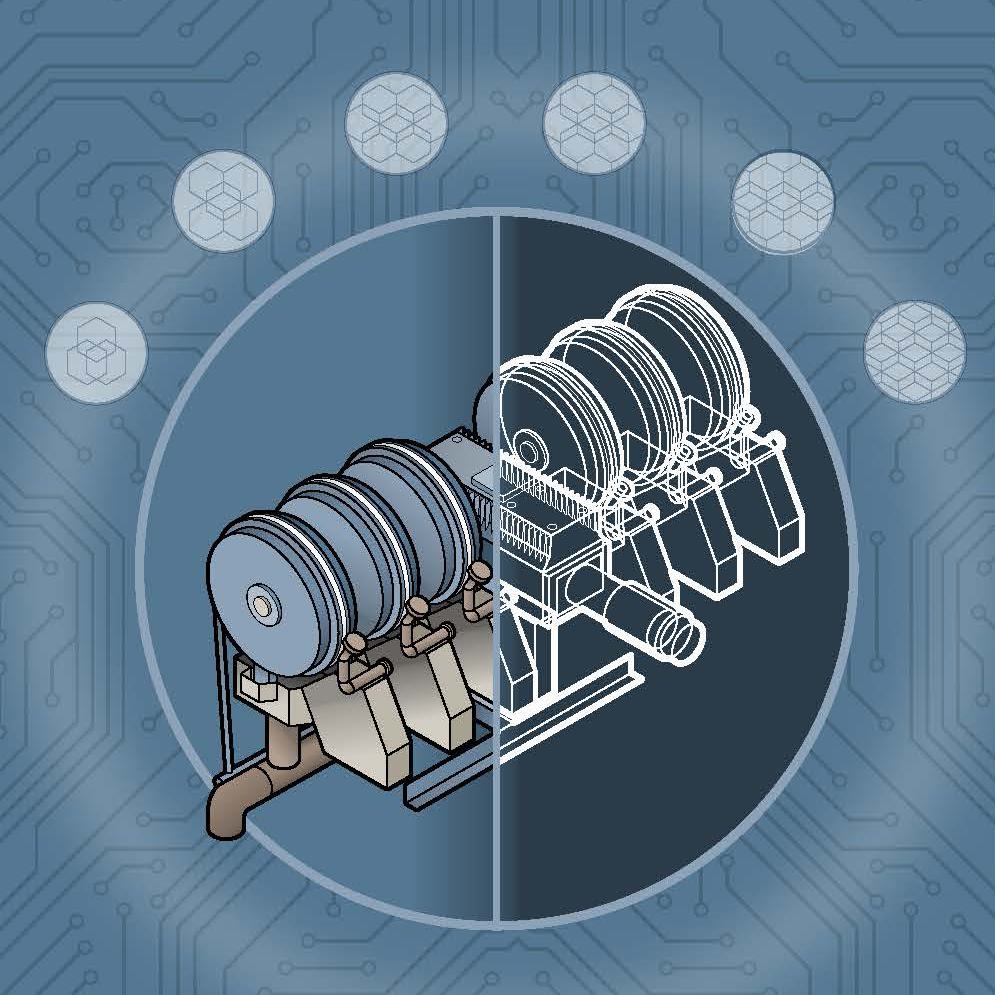Getting to Know Your Force Mains
A Risk Based Approach to Force Main Condition Assessments
There is an ever growing problem with aging and failing infrastructure that leads to unexpected capital cost, environmental impacts, regulatory issues and customer service interruptions to name a few. As new pipeline assessment technologies become available, utilities have more useful tools and processes to proactively assess asset condition and plan for renewal and replacement before it becomes an emergency. ReWa has hired Hazen and Sawyer to develop a force main condition assessment program and effectively analyze force main condition with appropriate technology. The force main condition assessment was divided into two phases with the first phase being the risk analysis for all force mains. The second phase was the implementation of the inspection technologies to assess force main conditions.
The risk based analysis was developed with key criteria and associated weighting to identify “at-risk” areas of the force main. The result of the analysis ranked each force main segment and individual piping components based on risk. This method allowed us to identify the most critical force main segments within the system for further inspection and assessment. Based on the risk analysis, five (5) of the most critical force mains were selected for testing and evaluation.
We reviewed the factors and weighting used to serve as a measure of risk of the force main piping systems. The first step in developing a risk score for the system is to establish a criticality score for the force main assets. Criticality is usually measured by establishing scores for established criteria for the consequent of failure and the probability of failure. In this case the overall risk or criticality is the product of the consequence of failure and the probability of failure.
We developed the weighting and ranking of the criticality and worked with ReWa to establish criteria, criteria weighting and overall scoring. The criteria for the consequence of failure was developed first. The consequence of failure relates to the cost of repairs, size of infrastructure, social/health impacts, and environmental impacts for example.
The criteria for the probability of failure was developed next. The probability of failure relates to the likely hood an asset or pipeline will fail. There is usually some data available regarding the “likely” condition of a particular force main. Therefore, we leveraged available attribute and operational data to help further prioritize inspections and to provide at least some proxy to measure the likelihood or probability of failure. Three categories were considered for metallic pipe which included soil corrosivity, age, and a profile review. The profile review relates to the potential for the interior of the pipeline to be exposed to air from either gas pockets or areas in the pipe that transition to gravity flows.
A review of currently available condition assessment techniques was made to determine what technology would be most beneficial for each of the critical force main segments. The initial assessment for two of the force mains was made with acoustic inspection technology. Then the force mains were investigated using different techniques that include both non-destructive and destructive testing. The locations of the proposed testing were based on preliminary review of the force main routes, pipeline profile analysis, and acoustic testing preformed for two of the force mains.
The force main assessments provided some valuable information regarding the condition of the critical force mains. Through the predictive analysis using the risk model and profile review coupled with the completed field investigation, ReWa has more confidence in the current condition of these force mains. In addition, soil testing was critical to refine risk analysis as we found the soils were not as corrosive as the soil database suggested. The risk model was then revised to reflect the finding in the field and we used to reprioritize the remaining force mains for the next round of inspections.
The project required planning, coordination, and communication between the Utility Engineering and Operations Staff, Consultant, and field testing crews. The presentation will focus on the analysis needed to identify the force mains for inspection; the selection of inspection technologies; the level of planning required to implement the testing; the results of the testing; and the recommended path forward.











